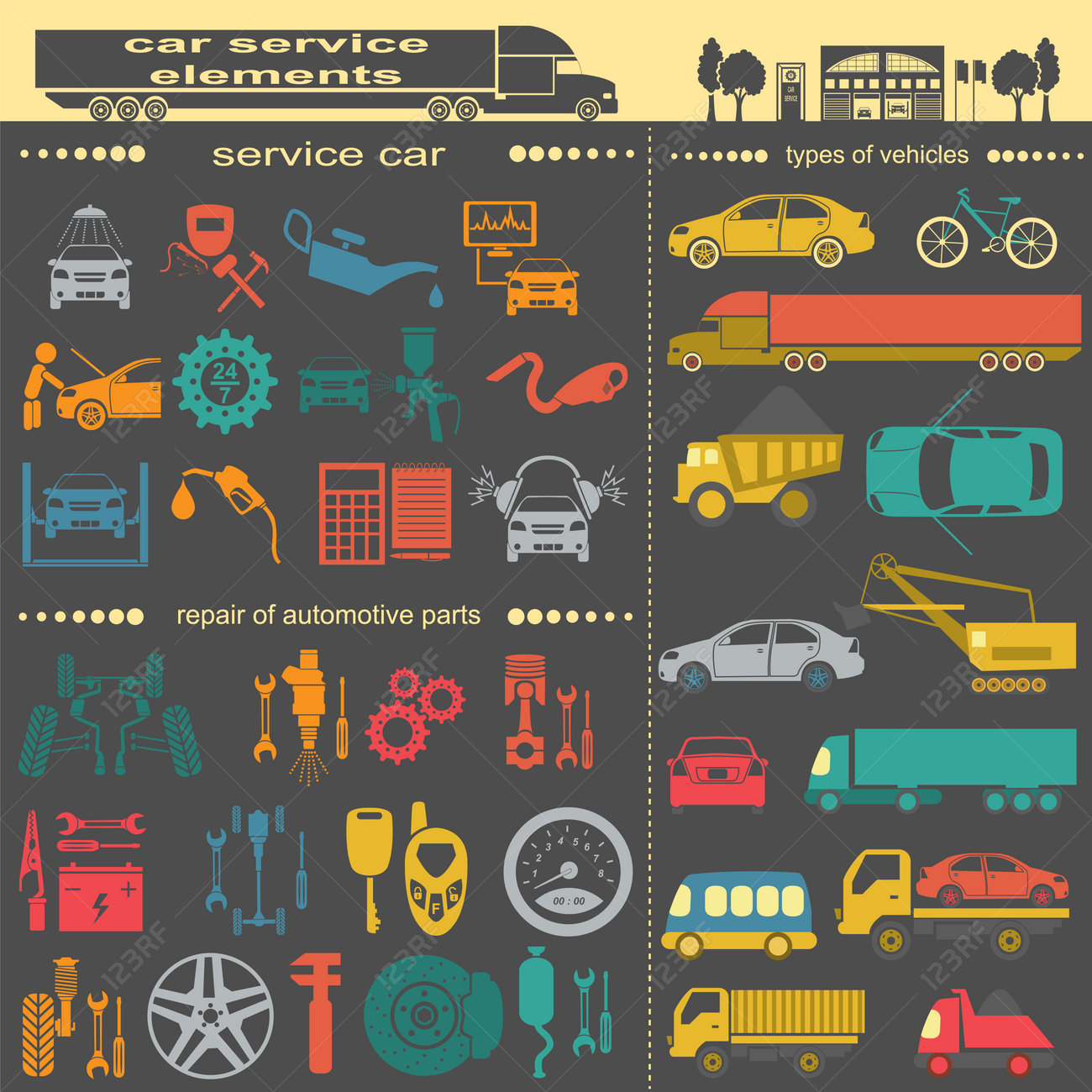Recognizing Your Automobile'S Warning Lighting: What Do They Truly Mean?
Recognizing Your Automobile'S Warning Lighting: What Do They Truly Mean?
Blog Article
Writer-Lauritsen Stark
When you lag the wheel, those glowing warning lights on your control panel can be a little bit difficult. Do you know what they're attempting to inform you about your car's wellness? Comprehending the value of these lights is important for your security and the durability of your vehicle. So, the next time among those lights appears, would not you intend to analyze its message precisely and take the required steps to resolve it?
Common Caution Lighting and Interpretations
Determine usual caution lights in your automobile and understand their definitions to guarantee risk-free driving.
One of the most common warning lights include the check engine light, which signifies concerns with the engine or discharges system. If cardetailingspecialistauckland comes on, it's vital to have your automobile examined immediately.
The oil pressure warning light suggests reduced oil pressure, calling for immediate attention to prevent engine damage.
A blinking battery light may recommend a damaged charging system, potentially leaving you stranded if not attended to.
The tire stress surveillance system (TPMS) light alerts you to low tire pressure, influencing automobile stability and fuel efficiency. Overlooking this can result in risky driving problems.
The ABS light shows a trouble with the anti-lock stopping system, jeopardizing your capability to stop promptly in emergency situations.
Finally, the coolant temperature advising light warns of engine overheating, which can result in severe damages otherwise fixed swiftly.
Recognizing these common warning lights will aid you deal with problems promptly and preserve risk-free driving conditions.
Importance of Prompt Attention
Recognizing the common caution lights in your vehicle is just the first step; the importance of without delay dealing with these warnings can't be stressed enough to guarantee your safety and security when traveling.
When a warning light illuminates on your control panel, it's your auto's means of connecting a potential problem that needs attention. Overlooking these cautions can result in a lot more severe troubles later on, compromising your safety and potentially costing you more in repairs.
Motivate focus to cautioning lights can stop breakdowns and crashes. As an example, a blinking check engine light could indicate a misfire that, if left neglected, could create damage to the catalytic converter. Resolving this immediately can save you from an expensive repair work.
Similarly, a brake system warning light may signal reduced brake fluid or worn brake pads, crucial elements for your security when driving.
DIY Troubleshooting Tips
If you observe a caution light on your dashboard, there are a couple of DIY fixing pointers you can try prior to looking for professional aid.
The very first step is to consult your automobile's guidebook to comprehend what the specific caution light shows. In some cases the problem can be as straightforward as a loosened gas cap triggering the check engine light. Tightening the gas cap may solve the issue.
Another usual issue is a reduced battery, which can set off various warning lights. Examining additional Info for deterioration and ensuring they're secure could fix the problem.
If a caution light continues, you can try resetting it by disconnecting the auto's battery for a few mins and afterwards reconnecting it. Additionally, checking your car's liquid degrees, such as oil, coolant, and brake liquid, can aid troubleshoot alerting lights related to these systems.
Final thought
To conclude, recognizing your automobile's warning lights is crucial for keeping your automobile running smoothly and safely. By immediately addressing these alerts and understanding what they imply, you can prevent expensive repair services and possible malfunctions.
Remember to consult your cars and truck's manual for particular details on each cautioning light and take action appropriately to ensure a trouble-free driving experience.
Stay notified, stay safe when driving!
